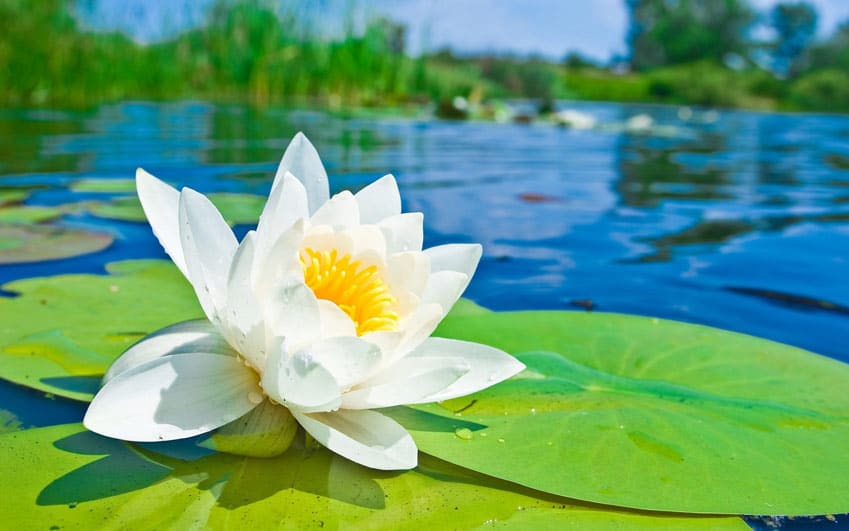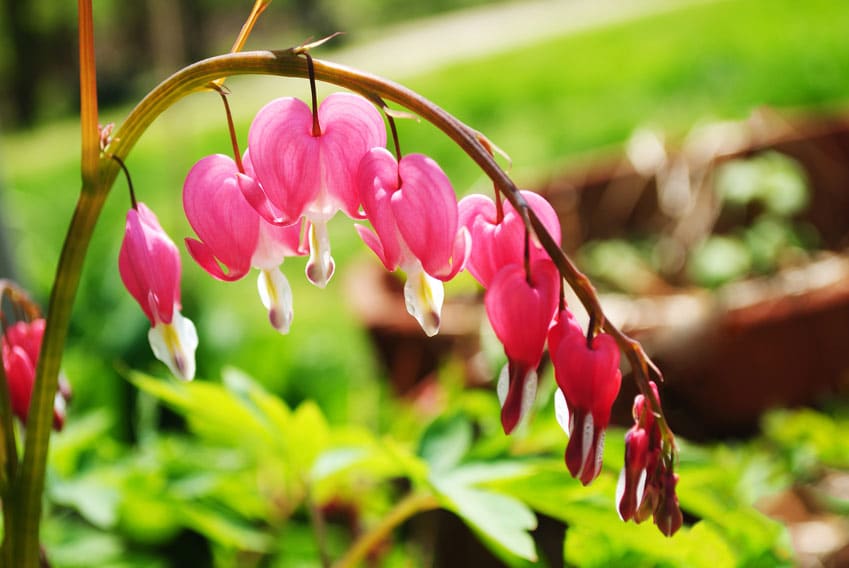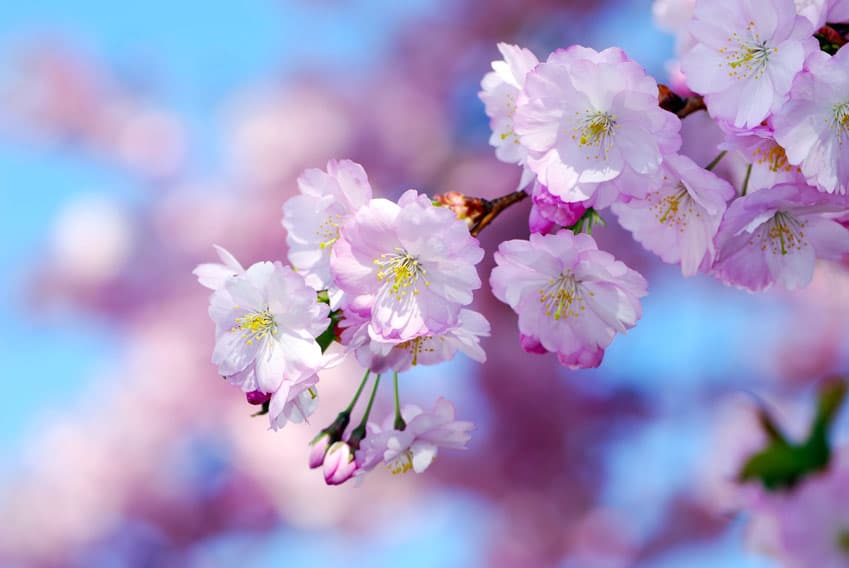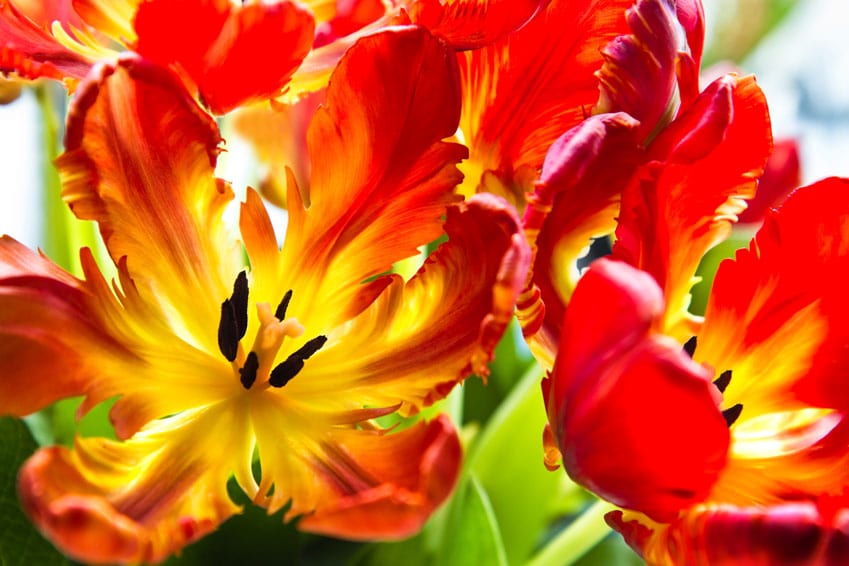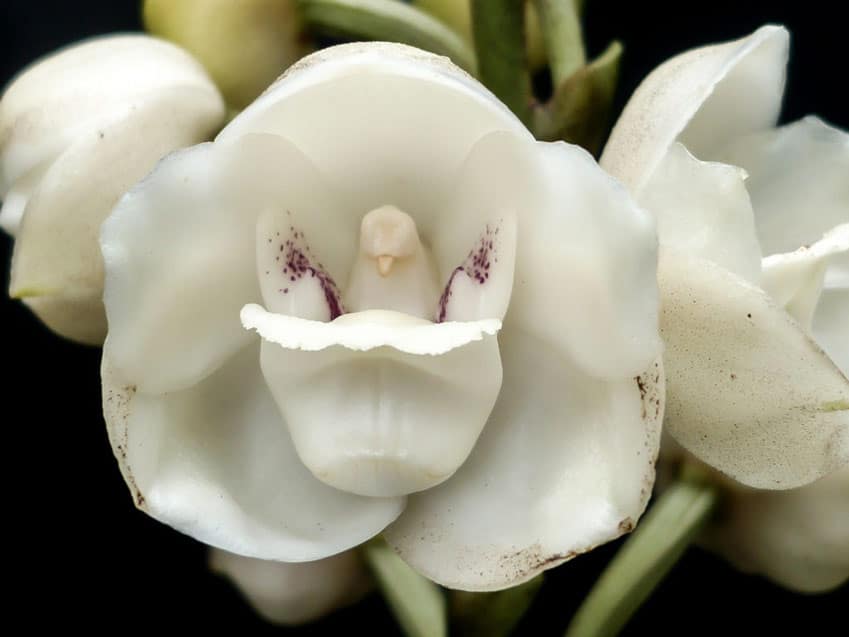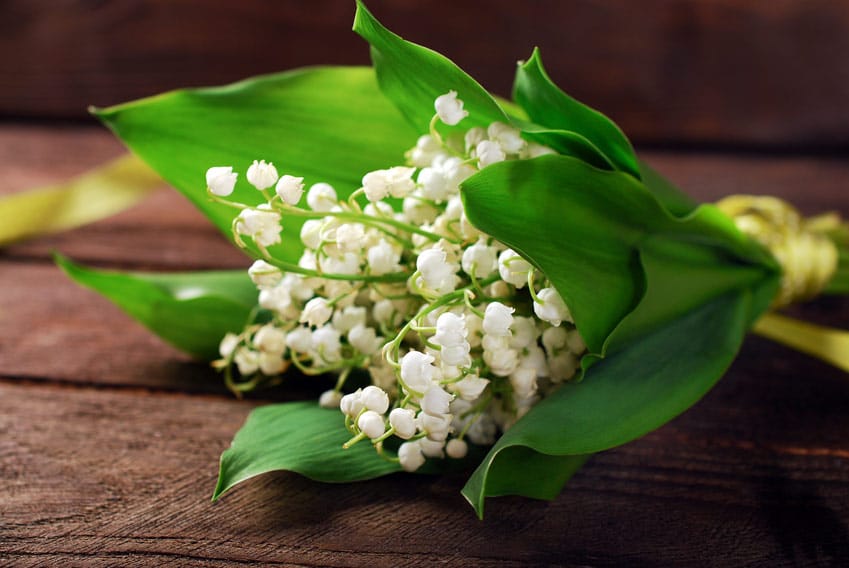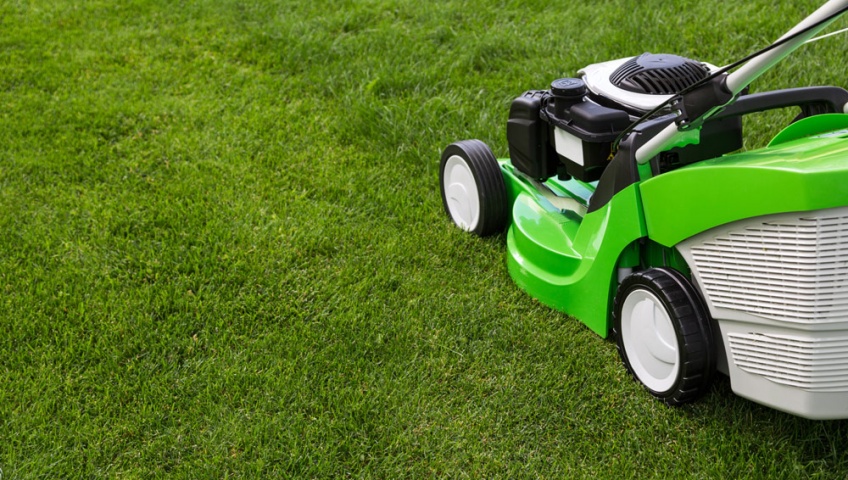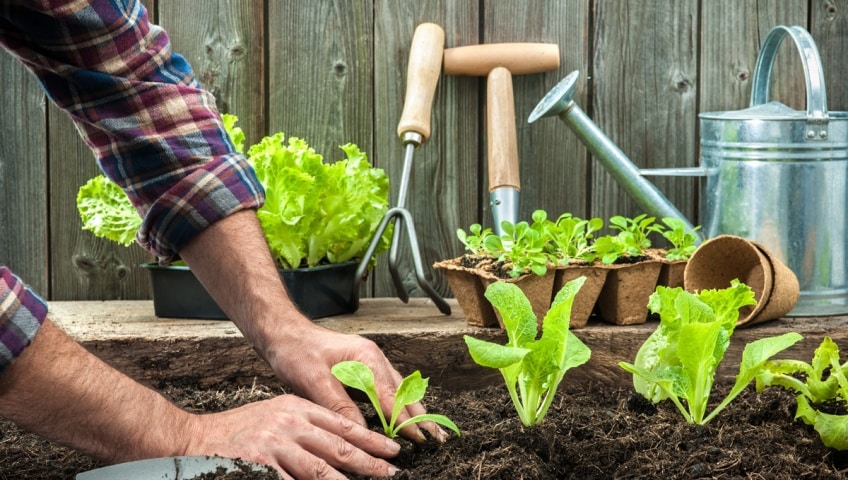
Six Landscaping Trends to Follow in 2016
We all want our lawns to reflect the best of us, and that’s why the National Association of Landscape Professionals has listed the top landscaping trends of 2016. Vice president of NALP reports that homeowners are attempting to create an indoor look on the outside for this year. She said, “The latest trends reflect the desire to bring the indoors out — to create comfortable landscapes that are both functional and beautiful.”
1. Extending Interior Spaces
To make the most of outdoor entertainment, consider adding furniture and appliances. A growing trend is to add a fully-functioning kitchen complete with living and dining rooms.
2. Tech it Up
With so much technology at our fingertips, there are many ways you can incorporate it into your landscaping techniques. Wi-Fi complete with compatible devices to hook up to televisions can add a unique viewing experience. You can even light up the area with creative lighting and enhancements.
3. Colors Inspired by Nature
If considering painting, the blending of Rose Quartz and Serenity has been announced as the Color of the Year for 2016 by the authority on color, Pantone.
4. Native Gardens
We all want to do what we can to protect the environment. When you plant native flora, you encourage helpful wildlife to flourish in your yard.
5. Storm Water Management
An interesting 2016 landscaping trend is to show off your storm water management techniques. Whether you use rain barrels or a stone retaining wall, they’re sure to be in style.
6. Organic Gardens
Another exciting trend this year is organic, edible gardens. If you have a green thumb and are ready to take your flower bed to the next level, consider including fresh herbs, fruits, and vegetables this year to increase appeal and lower your grocery bill.
